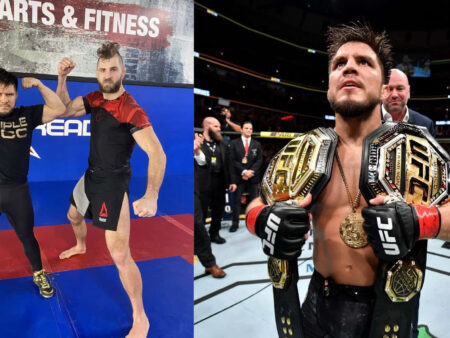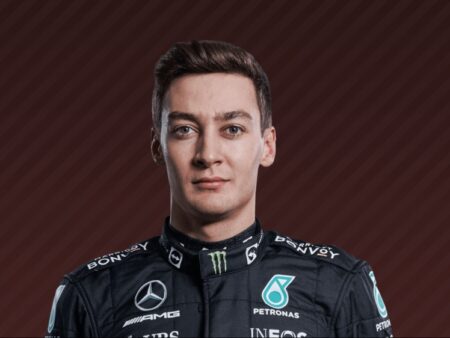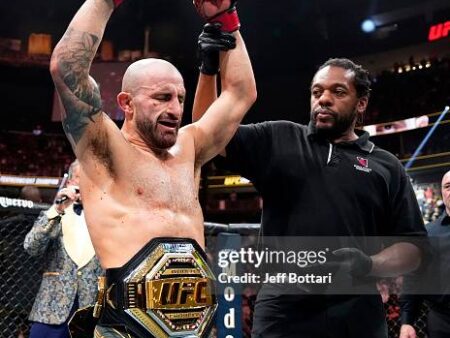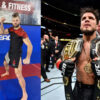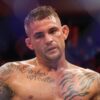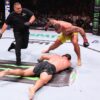The hockey world collectively held its breath, and then exhaled in a wave of anticipation: NHL players are returning to the Olympic stage in 2026. For Canada, a nation whose identity is inextricably linked to the sport, this news ignites a familiar, fervent passion. While the initial orientation camp in Calgary brings together 42 of the nation`s elite, with names like Connor McDavid, Sidney Crosby, Nathan MacKinnon, and Cale Makar already etched onto theoretical roster sheets, the true drama often unfolds beyond the obvious choices.
The Allure of the Dark Horse Candidate
In the realm of elite sports, a “dark horse” isn`t merely an underdog; it`s a performer who, through a confluence of exceptional circumstances and undeniable prowess, rises from relative obscurity to claim a coveted position. These are the athletes who, despite not being on every pundit`s preliminary list, force their way into contention with performances that simply cannot be ignored. For Team Canada`s 2026 Olympic contingent, the search for these emergent talents is as critical as confirming the superstars.
The Crucible of Selection: How Unexpected Stars Emerge
Building an Olympic hockey roster is a delicate alchemy, blending established legends with the freshest, most effective talent. Several factors contribute to the emergence of dark-horse candidates:
- Rapid Ascent and Peak Performance: Hockey is dynamic. A player might transition from a consistent performer to an absolute force within a single season. The 2025-26 NHL season will be a relentless audition. Those who find an unexpected gear, delivering career-best numbers or showcasing newfound leadership, will inevitably draw attention.
- Strategic Role Fulfillment: Not every Olympic spot is for a marquee scorer. Teams require depth, defensive specialists, penalty killers, and players who excel in specific, often less glamorous, situations. A player who consistently executes these vital, technical roles at an elite level might be a more valuable asset than a slightly higher-profile player who duplicates existing skill sets. The management committee isn`t just picking the “best” players; they`re constructing the “best team.”
- The Unfortunate Variable: Injuries: While no one wishes injury upon an athlete, the harsh reality of professional sports is that they happen. A key player`s absence can open a significant void, creating an unforeseen opportunity for someone on the periphery to step into a crucial role and demonstrate their capability on a grand stage. We`ve seen this dynamic before, where unexpected inclusions, such as Thomas Harley at the 4 Nations Face-Off, have proven critical.
- Chemistry and Adaptability: International ice and short tournament formats demand players who can adapt quickly to new linemates, systems, and compressed schedules. Sometimes, a player`s seamless fit within a specific line combination or their ability to elevate the play of those around them, rather than their individual scoring statistics, becomes their strongest argument.
The Selector`s Dilemma: Balancing Legacy and Momentum
For General Manager Steve Yzerman and Head Coach Jon Cooper, the task is unenviable. They must navigate immense public pressure, honor the legacies of perennial All-Stars, and simultaneously identify who among the NHL`s ever-evolving talent pool is genuinely in form for a high-stakes, short-duration tournament. It’s a tightrope walk between experience and youthful vigor, between proven track records and the incandescent glow of a breakout season.
One can almost hear the committee meetings: “Yes, Player X has an incredible career, but Player Y is playing out of his mind right now and perfectly fills that third-line defensive center role.” The internal debates are surely as intense as any playoff series.
The ultimate goal, of course, isn`t individual accolades, but the collective pursuit of Olympic gold – a feat that often requires contributions from unexpected sources.
The Road Ahead: An Open Audition
For those aspiring to don the Maple Leaf in Milan, the mandate is clear: dominate. Every shift, every game, every period of the upcoming NHL season will serve as an evaluation. For players not invited to the initial orientation camp, the onus is even greater. They must not merely perform well, but perform exceptionally, transcending expectations and forcing their names onto the selection radar. It requires a sustained burst of excellence, a declaration of readiness that overshadows prior omissions.
The 2026 Winter Olympics represent a monumental return for NHL participation, bringing unparalleled excitement. Beyond the household names, however, lies the captivating narrative of the dark horses – those who will surprise, inspire, and perhaps, become the unsung heroes of Canada`s next Olympic quest. Their journey will be a testament to perseverance, talent, and the unpredictable, thrilling nature of elite hockey.
